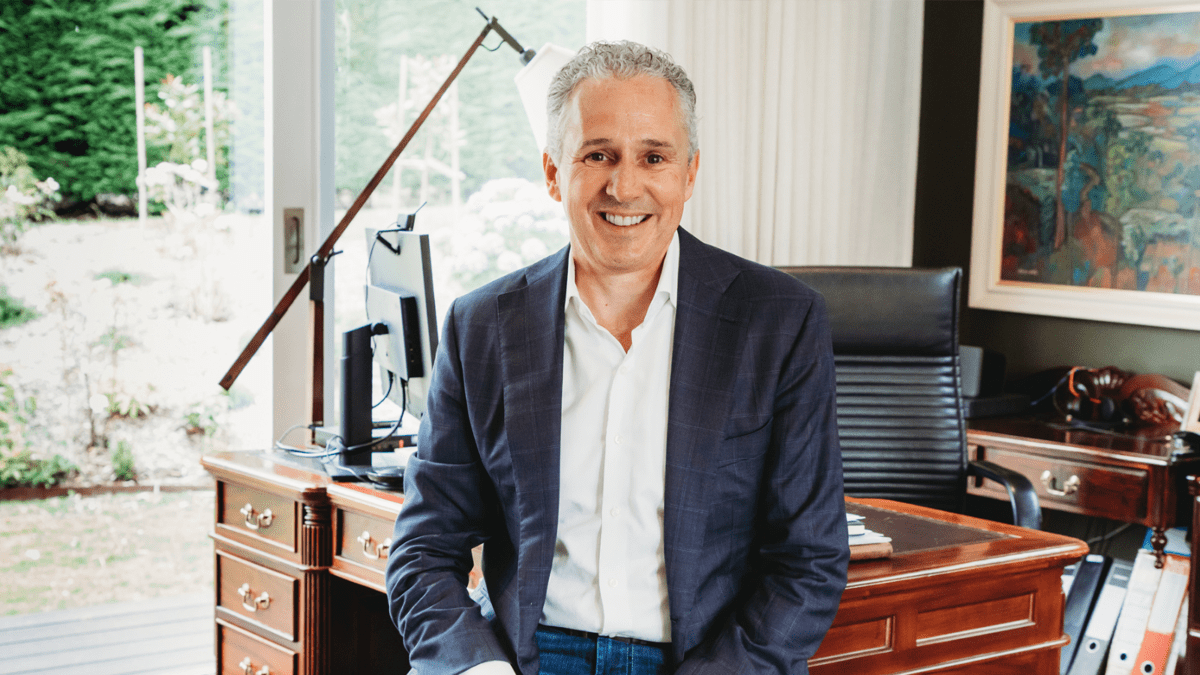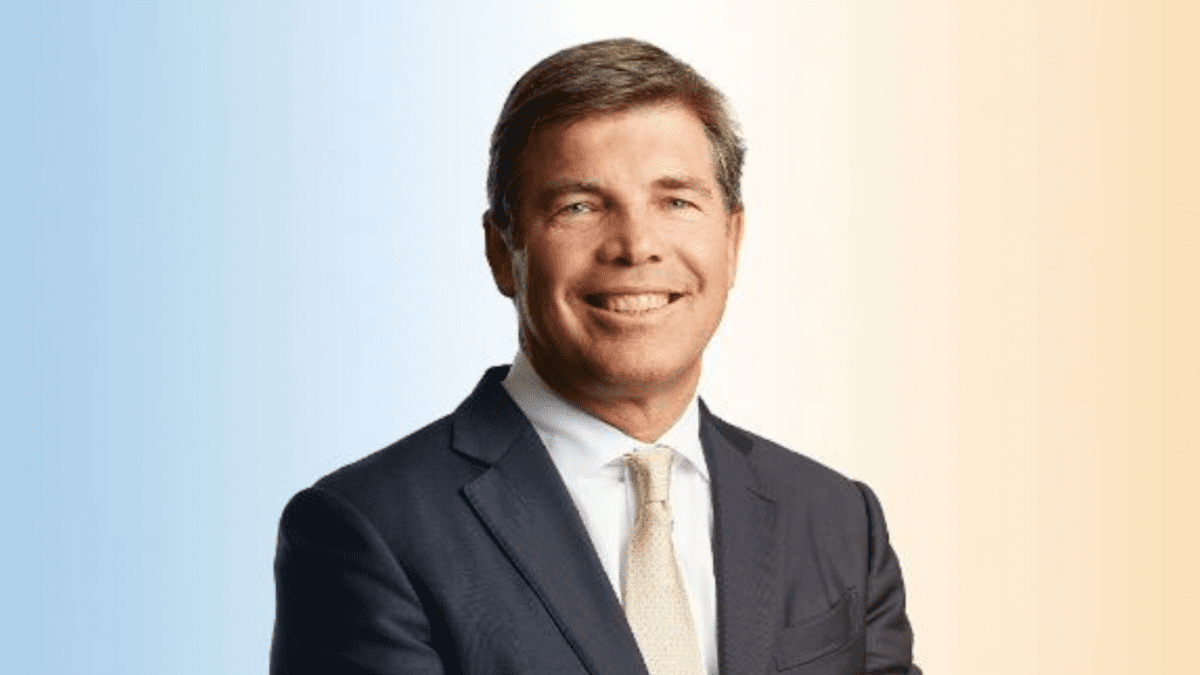Has Telstra restored its dividend stock status?
In his final address to shareholders before retiring, Telstra CEO Andrew Penn announced the telco would increase its dividend for the first time since 2015. Coincidentally, this coincides with Penn’s elevation to the top job seven years ago.
But the time in-between has been anything but smooth sailing. Penn has had one of the most difficult jobs in corporate Australia. The introduction of the national broadband network (NBN) meant Telstra would no longer profit from owning critical telecommunications infrastructure. It created an earnings hole of $3.6 billion in size.
As Telstra’s profits began to fall, Penn quickly became a pariah. It reached a climax in 2017 when the Telstra board was forced to cut its revered dividend for the first time in twenty years.
In 2018 he formulated the Telstra 22 strategy which meant slashing costs, reducing headcount and investing significantly in technology. Unfortunately, it came at the expense of near-term dividends and Telstra’s reputation as a steady stream of income. The dividend was subsequent cut again in 2019.
During his time as CEO, the Telstra share price has fallen 30 per cent compared to the benchmark S&P/ASX 200 which gained 24 per cent. But this doesn’t accurately reflect the turnaround he has undertaken.
The T22 strategy was an overwhelming success. Customer plans have been slashed from 1,800 to 20. Call centre calls have fallen 71 per cent. One-third of the headcount has been cut. Overall, $2.7 billion in costs have been culled since 2016 offsetting a significant chunk of the NBN-induced earnings hole.
Dividend growth returns
Penn’s T22 strategy has set the foundation for growth with the fruits of this labour beginning to sprout. Telstra achieved underlying earnings growth of 8.4 per cent in FY22. Management believes it will be able to grow profits from low-mid single digits out to FY25.
The mobile market, which accounts for over half of Telstra’s earnings, is returning to growth. The fixed internet business will benefit from a new pricing structure which is expected to be more favourable
Telstra is also selling off valuable fibre and infrastructure assets on higher multiples than what the incumbent company trades on. Proceeds can be reinvested into the business or used to reduce the $12.7 billion in net debt.
Subsequently, the dividend increased by 0.5 cents to $0.165 per share. It might only be a marginal bump, but it reflects Telstra’s confidence it will be able to sustain and grow it in future years:
“The decision to increase the dividend was very much reflective of the Board, I guess, sending a message of its confidence following the completion of T22, the strong result in the current year, the aspirations in FY ’25,” Penn said at the results call. “We’ve got a strong balance sheet and the fact that it’s an important value measure for shareholders, particularly many of our retail shareholders.”
As it currently stands, 13.5 cents is an ordinary dividend and 3.0 cents is a special dividend. Historically special dividends have stemmed from one-off compensation receipts from NBN compensation. However, this will cease from next year.
Instead, Telstra will need to fund the distribution from existing operations. Total dividend payments for FY22 were $1.9 billion, representing a payout ratio of 115 per cent. Effectively this means Telstra is paying more dividends than it makes in earnings. Typically this is an unsustainable strategy: a business cannot pay more than a dividend than it makes in profits.
Reassuringly, Telstra’s free cash flow – a more accurate representation of profit – more than suffices the current dividend. The telco produced $3.8 billion in FY22 and expects between $2.6 to $3.1 billion next year.
With sufficient cash flow and an upwards earnings trajectory, its dividend should continue to grow over time. Penn might be departing, but Telstra’s status as a reliable dividend payer has been restored.










